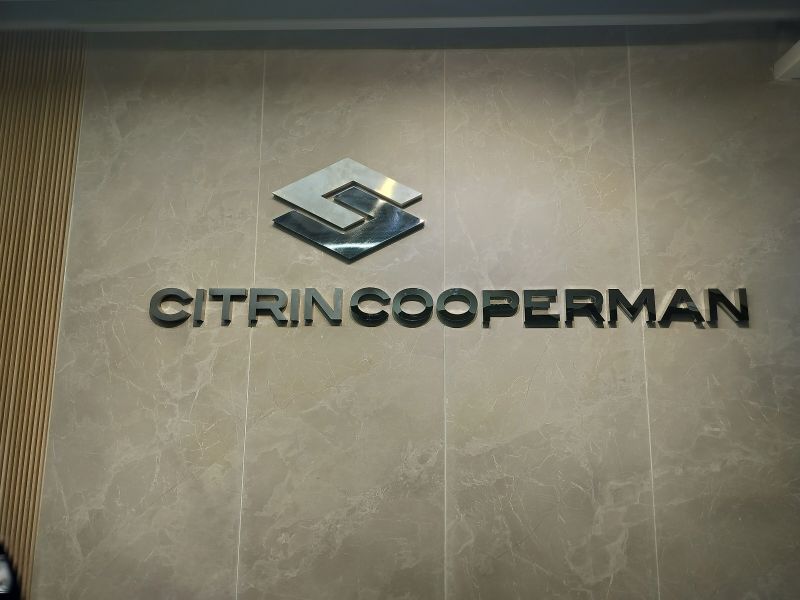By Richard Lavina and Ralph Carnicer.
The demand for skilled tax practitioners in the accounting profession has never been more critical. With the continuous growth in the IRC’s complexity and the rising number of tax filings each year (at both the federal, state, and local levels), the likelihood of making an inaccurate filing is increasing to unprecedented levels; which in turn is stretching industry talent dangerously thin. This surge in demand for CPA services comes at a time when experienced public accountants are exploring alternative career options, and fewer graduates are entering the profession.
Challenges in Public Accounting
The public accounting sector faces unique challenges. It provides essential services due to the complexity of tax laws and the importance of offering valuable tax-saving advice to clients; and that’s just the tax half of the industry. However, as tax regulations become more intricate and audit scrutiny intensifies, the demand for accurate tax preparation continues to grow, adding pressure to tax practitioners.
High Demand, Limited Supply
The pressure from tax filers to ensure accurate tax returns with maximum tax relief compounds the demand on veteran tax practitioners. Over the past two years, more than 300,000 accountants and auditors have left their positions, marking a 17% decline from the peak of the profession a few years ago. The retirement of CPAs contributes to the shortage of qualified tax practitioners, with nearly 75% of the workforce in 2020 reaching retirement age, according to the AICPA. The exodus of talent from the industry, particularly among those aged 25 to 54, further exacerbates the challenge of finding skilled replacements. Reasons for this talent drain include increasing workloads, burnout, poor work-life balance, and increasingly lucrative opportunities in private practice or entirely new career opportunities that previously did not exist.
The Talent Pipeline Shortage
In the past, public accounting experienced a natural cycle of employees moving up the ranks as older, established CPAs met retirement age. However, today, it struggles to replace those who leave the profession. While job openings for accountants and auditors are projected to grow by 6% from 2021 to 2031, fewer accounting majors are graduating, and the number of individuals sitting for the CPA exam has declined. College students are increasingly exploring alternative career paths due to concerns about work-life balance, transparency in career progression, lower wages, and long working hours.
Adapting to the Changing Landscape
To thrive in this evolving landscape, accounting firms need to understand that modernization is essential to maintain a competitive presence in their region. Traditional methods that served well with managing clients, their demands, and the regular workloads brought on by tax season in the past are no longer sufficient. Automation has emerged as a crucial and necessary tool rather than a luxury, and the development of these resources is revolutionizing the way firms operate. It offers a buffer against the challenges of recruiting new staff and retaining seasoned CPAs.
The Role of Automation
Automation and advanced softwares are reshaping the way work is conducted within public accounting firms. Automation serves as the solution for firms looking to provide more dynamic services to clients while minimizing the risk of errors in data collection and retrieval. By saving valuable time, automation allows CPAs to focus on client engagement and delivering high-value services. Its potential lies in freeing up time and energy that would otherwise be spent on time-consuming tasks.
Custom Automation Solutions
Each accounting firm has unique needs that require tailored automation solutions. Unlike off-the-shelf solutions, automation packages must seamlessly integrate with existing workflows to revolutionize firm operations. Robotic Process Automation (RPA) is one such technology that allows firms to design workflows mirroring existing processes while automating data entry and other repetitive tasks. Custom automations using RPAs streamline operations, alleviate capacity issues, and enable accountants to focus on high-level work.
Application Programming Interfaces (API) offer another avenue for custom automation solutions. The functionality of API facilitates data flow and creates connected ecosystems where automation thrives. It enables different systems to work together, reducing redundancy and improving efficiency.
Conclusion
The accounting industry faces increasing demand from clients seeking expert tax compliance services. However, there is a shortage of talent to meet these needs comfortably. Automation is no longer a luxury but a strategic investment that all firms, regardless of their size, should consider. Automation, whether in the form of software or artificial intelligence, augments the capabilities of skilled tax preparers by simplifying routine tasks. It’s a way to liberate professionals from monotonous work, enabling them to focus on what they do best: providing valuable services to clients. As technology continues to advance, automation will play an increasingly vital role in shaping the future of accounting firms.
=====
Richard Lavina is CEO and Co-Founder and Ralph Carnicer is Vice President of Business Development at Taxfyle.
Thanks for reading CPA Practice Advisor!
Subscribe Already registered? Log In
Need more information? Read the FAQs
Tags: Artificial Intelligence, Automation, PTIN, Staffing




